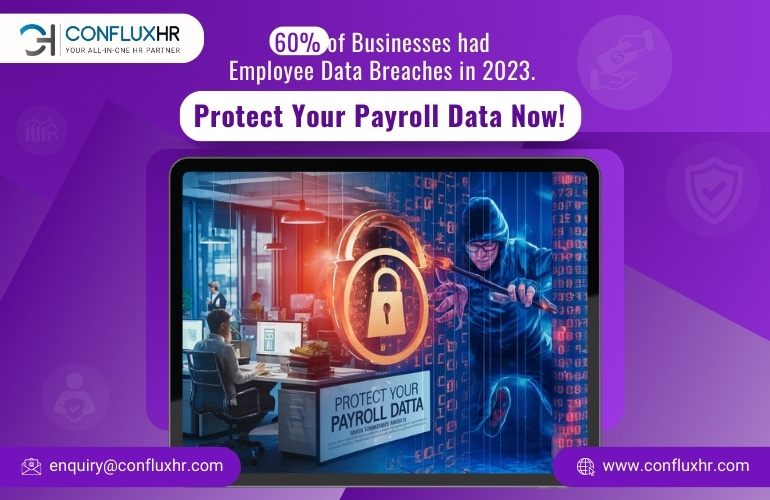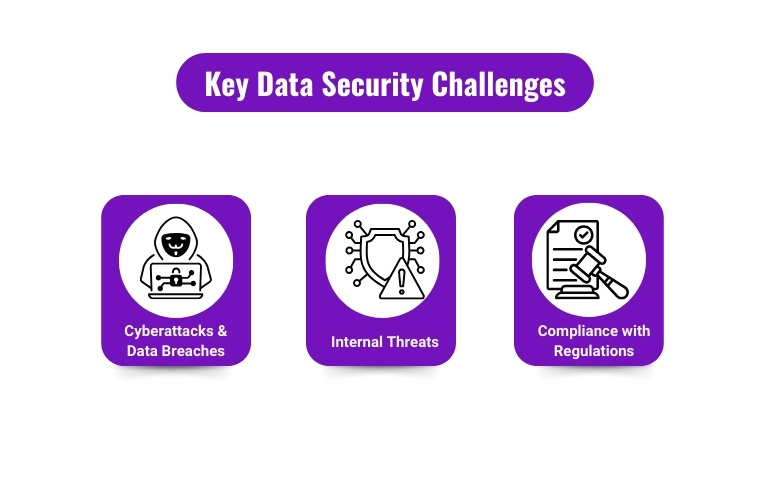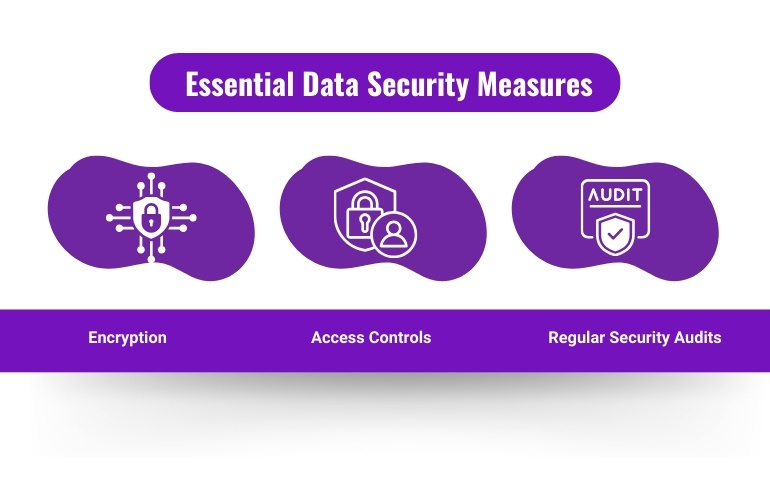In today’s digital age, data security isn’t just a buzzword—it’s a necessity. With the ever-increasing reliance on digital systems, ensuring the safety of sensitive information has become paramount. One area where this is particularly crucial is in enterprise payroll software. Let’s dive into the world of enterprise payroll and explore how we can protect employee information in 2024.
The Importance of Data Security in Enterprise Payroll
Imagine this: You’re an HR manager at a large corporation. Every month, you process payroll for hundreds, maybe thousands, of employees. This involves handling sensitive information such as social security numbers, bank details, and personal addresses. Now, imagine if this data were to fall into the wrong hands. The consequences could be catastrophic—not just for the employees but for the entire organization.
In recent years, data breaches have become alarmingly common. In fact, a 2023 report found that 60% of businesses experienced at least one data breach involving employee information. This highlights the urgent need for robust data security measures in enterprise payroll systems.
Key Data Security Challenges
- Cyberattacks and Data Breaches
- Cyber attacks are a constant threat. Payroll systems, with their wealth of sensitive data, are prime targets for hackers. These attacks can lead to significant financial losses and damage to a company’s reputation.
- Internal Threats
- Not all threats come from external sources. Sometimes, the risk comes from within the organization. Employees or contractors with access to payroll data can misuse it, either intentionally or unintentionally. A recent study found that 34% of data breaches involved internal actors.
- Compliance with Regulations
- Regulatory compliance is another critical aspect. Regulations like GDPR and CCPA mandate strict data protection measures. Non-compliance can result in hefty fines and legal consequences.
Essential Data Security Measures
So, how can we protect enterprise payroll data? Here are some essential
1. Encryption
- Encryption is the cornerstone of data security. By encrypting payroll data, we can ensure that even if it falls into the wrong hands, it remains unreadable and useless to the attacker.
- Access Controls
- Implementing strict access controls is crucial. This involves using role-based access control (RBAC) to ensure that only authorized personnel have access to sensitive payroll data. Multi-factor authentication (MFA) adds an extra layer of security.
- Regular Security Audits
- Conducting regular security audits helps identify vulnerabilities before they can be exploited. These audits should include penetration testing and vulnerability assessments to ensure the payroll system is secure.
Best Practices for Data Security
- Employee Training and Awareness
- One of the most effective ways to enhance data security is through regular training sessions. Employees should be aware of the importance of data security and trained on best practices.
- Software Updates and Patch Management
- Ensuring timely updates and patches for payroll software is critical. Automated patch management systems can help keep the software up-to-date and secure.
- Data Backup and Disaster Recovery
- Regular data backups and a well-planned disaster recovery procedure can mitigate the impact of data breaches. This ensures that in the event of a breach, data can be quickly restored, minimizing downtime and loss.
Future Trends in Payroll Data Security
Looking ahead, several trends are set to shape the future of data security in enterprise payroll:
1. AI and Machine Learning
- AI and machine learning are revolutionizing data security. These technologies can analyze patterns and detect anomalies, helping to identify potential threats before they cause harm.
- Blockchain Technology
- Blockchain offers a decentralized and secure way to handle payroll data. It can provide a transparent and tamper-proof ledger, ensuring data integrity and security.
- Zero Trust Architecture
- The zero-trust security model is gaining traction. It operates on the principle of “never trust, always verify,” ensuring that every access request is thoroughly vetted.
Conclusion
In conclusion, protecting employee information in enterprise payroll software is a critical task that requires a multi-faceted approach. From encryption and access controls to regular security audits and employee training, every measure plays a vital role in safeguarding sensitive data.
As we move into 2024, staying ahead of emerging threats and leveraging new technologies will be key to maintaining robust data security. By implementing these best practices and embracing future trends, organizations can ensure that their payroll data remains secure, protecting both their employees and their reputation.
Remember, data security isn’t just about technology—it’s about people. By fostering a culture of security awareness and vigilance, we can create a safer digital environment for everyone.





